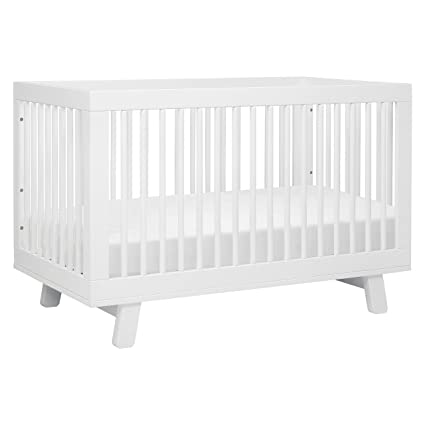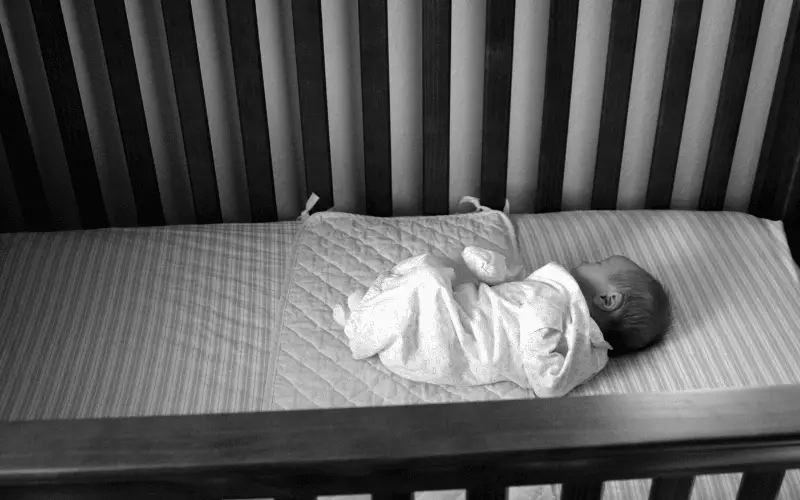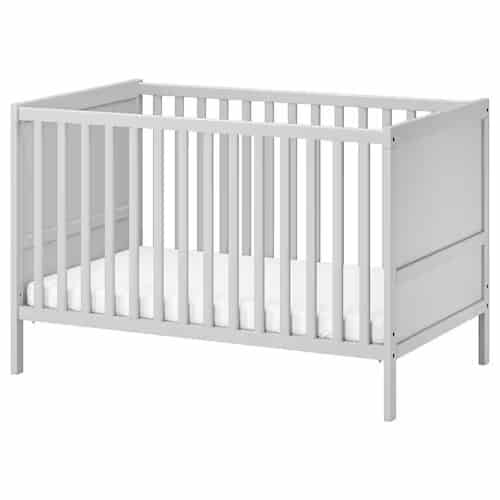Bassinet prams, also known as stroller bassinets, have become increasingly popular among parents for their convenience and functionality.
These prams are designed to provide a cozy and secure space for newborns and infants to rest and sleep while on the go.
However, as babies grow and develop, their needs change, prompting the question: How long should babies stay in a bassinet pram?
In this article, we will explore the recommended duration of usage for bassinet prams and the factors to consider when transitioning your little one to a regular stroller.
Related: Do bassinets have flame retardants?

Table of Contents
The First Months: Ideal for Newborns
During the first few months of a baby’s life, a bassinet pram offers several advantages. Newborns require more sleep, spending most of their time napping or resting.
A bassinet pram provides a flat and comfortable surface, resembling the safe environment of a crib, allowing babies to sleep soundly while parents navigate through various outings or take leisurely walks.
The American Academy of Pediatrics (AAP) suggests that infants should sleep on their backs, whether in a crib or a bassinet, to reduce the risk of sudden infant death syndrome (SIDS). Bassinet prams, with their flat surfaces, adhere to this safe sleep guideline, making them suitable for young babies.
You might like this: Do bassinets need to be flat?
Age and Weight Limits
To answer the question: How long do babies stay in pram bassinet, age and weight limits have a huge role to play.
The appropriate duration for a baby to stay in a bassinet pram largely depends on the manufacturer’s guidelines and safety recommendations.
Different models have varying age and weight limits, so it is crucial to follow the manufacturer’s instructions carefully.
In general, most bassinet prams are suitable for infants up to approximately 6 months old or until they reach a certain weight limit (often around 20 pounds or 9 kilograms).
These weight limits ensure that the baby’s weight does not compromise the structural integrity of the pram and maintains the baby’s comfort and safety.
However, as babies grow and become more active, they reach developmental milestones that might necessitate transitioning to a regular stroller.
Recommended: What you need to know about bassinets and their size!
Signs That It’s Time to Transition from Pram Bassinet to Stroller
As your baby reaches the age of around 6 months or starts showing signs of outgrowing the bassinet pram, it may be time to consider transitioning to a stroller designed for older infants.
Some signs that indicate it’s time to make the switch include:
Weight Limit Reached
If your baby has reached the weight limit specified by the manufacturer, it’s time to transition to a stroller that can accommodate higher weights.
Height and Length
When your baby’s head and feet begin to touch the ends of the bassinet, it’s a clear sign that they may have outgrown it and require a more spacious stroller.
Increased Activity
As your baby becomes more active and shows interest in exploring their surroundings, they will benefit from a stroller that allows them to sit up and observe the world.
Rolling Over
Once your baby starts rolling over independently, it is safer to switch to a stroller, as they may attempt to roll or sit up in the bassinet pram, which could pose a risk of falling.
Transitioning to a Regular Stroller
When transitioning from a bassinet pram to a regular stroller, opt for a model with a comfortable and adjustable reclining seat. This will allow your baby to take naps while still offering the freedom to sit up and interact with their environment.
Ensure that the stroller has proper harnesses to keep your little one securely in place and a canopy to protect them from the sun and elements.
Additionally, choose a stroller with sturdy wheels that can handle different terrains for your baby’s comfort and your convenience.
Conclusion
Bassinet prams provide an excellent solution for newborns and young infants, offering a safe and comfortable space for them to rest while on the move.
However, as babies grow and develop, it becomes necessary to transition them to a regular stroller that suits their changing needs.
Always adhere to the manufacturer’s guidelines and safety recommendations to ensure your baby’s well-being and make the transition as smooth and enjoyable as possible for both you and your little one.




